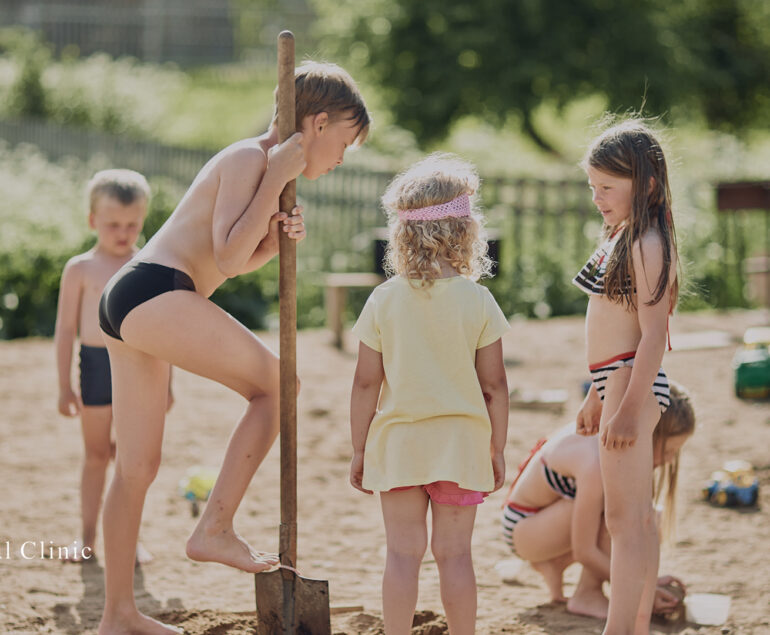Maximizing Your Child's Midterm Break: A Pediatrician's Guide
As the midterm break approaches, many parents find themselves wondering how to ensure their children spend their free time productively. As a pediatrician dedicated to the holistic development of children, I’ve compiled a list of activities and strategies to help your child make the most out of this period. This guide aims to balance fun with educational value, physical activity with relaxation, ensuring that your child returns to school refreshed, recharged, and perhaps a bit wiser.
1. Establish a Routine: While it’s tempting to let all structure fly out the window during a break, maintaining a basic routine is beneficial. It doesn’t have to be strict, but having a general plan for each day helps children stay regulated and reduces anxiety. Ensure there’s time for sleep, meals, activities, and free play.
2. Encourage Reading: Encourage your child to dive into a pile of books. Whether they’re fiction, non-fiction, or educational, reading enhances cognitive development, improves language skills, and sparks imagination. Make it more exciting by setting up a cozy reading nook or organizing a mini book club with their friends.
3. Get Active: Physical activity is crucial for a child’s health and well-being. Organize family hikes, bike rides, or a simple game of tag in the backyard. Not only does it keep them fit, but it also boosts mood and helps burn off that extra energy!
4. Creative Projects: Midterm breaks are perfect for larger projects that there’s never enough time for. Whether it’s building a model airplane, starting a small garden, or crafting, these activities stimulate creativity and can be immensely satisfying.
5. Educational Trips: If possible, visit museums, science centers, or historical sites. These outings are fun and educational, sparking curiosity and providing learning outside of a classroom setting.
6. Practical Life Skills: Use this time to teach your child some practical life skills. Cooking, basic first aid, sewing, or even financial literacy can be taught through fun, age-appropriate activities.
7. Relaxation Time: Don’t underestimate the power of downtime. Children need time to relax and do nothing at all. It allows them to process experiences and rejuvenate.
8. Screen Time Management: While it’s okay to relax the rules a bit, it’s crucial to manage screen time. Encourage educational content or set up ‘tech-free’ times where the focus is on physical or creative activities.
9. Socializing and Play: Arrange playdates or small outings with friends. Socializing is a critical aspect of a child’s development and can be very refreshing.
10. Reflection and Goal Setting: Encourage your child to reflect on the past term and set goals for the next. This can be academic or personal and helps them develop a sense of purpose and self-awareness.
Remember, the midterm break is a time for your child to recharge and explore new interests. It’s a balance between structured and free time, between learning and playing. As a parent, your role is to guide them, provide options, and sometimes, just let them be. Here’s to a productive, enjoyable, and refreshing break!
FAQ's
How can I ensure my child is safe during outdoor activities?
Safety is paramount during any outdoor activity. Ensure your child is always supervised by a responsible adult. Equip them with necessary safety gear like helmets for biking or knee pads for skating. Teach them about stranger danger and basic first aid. Also, always check the weather forecast to avoid any hazardous conditions and ensure they’re dressed appropriately for the weather.
My child dislikes reading. How can I encourage them to read more during the break?
Start by identifying topics they’re interested in — be it dinosaurs, space, or fairy tales. Choose books with lots of pictures and interactive elements for younger children. For older kids, graphic novels or books turned into movies might be more enticing. You can also set a family reading time where everyone reads their own book, or read a story together. Sometimes, leading by example or making it a shared activity can spark their interest.
What if my child gets bored of the activities I've planned?
It’s natural for children to get bored, and it’s actually beneficial as it can spur creativity. However, if you find the planned activities aren’t holding their interest, involve them in the planning process. Ask what they’d like to do, or provide options and let them choose. Keep a variety of backup activities handy, and don’t be afraid to switch things up. Sometimes, the best memories are made from spontaneous, unplanned adventures!




